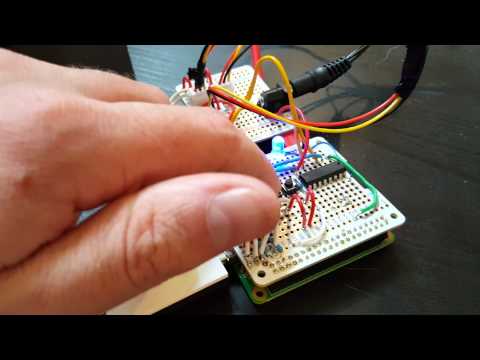- Thread starter
- #11

Follow along with the video below to see how to install our site as a web app on your home screen.
Note: This feature may not be available in some browsers.

You surely don't want to power the motor from an Arduino or Raspberry Pi GPIO pin, even if you had a 5V motor. The amp draw is too much. Instead you'll need to use your GPIO pin merely as a way of sending a control signal to a transistor or a relay or motor controller, or some device capable of handling higher current loads to the motor. Other than that I don't know anything useful. As I recall YouTube is full of tutorials on this sort of stuff. Even if they're Arduino tutorials it should be easily adaptable to the Raspberry Pi environment.I've decided to buy a Raspberry Pi 2 and a big sensor kit to play around with a bit of everything. I don't have a specific project in mind since I already ordered a coop door.
So I still have one question about using a 12v motor, which seems like would be the minimum required to power anything other than a toy. I believe the Pi only outputs 5v, plus it must be shielded from the motor by a special GPIO controller right? Which one did you go with? I see tons for the Arduino, but not for Pi.
I'm probably getting this kit. It doesn't have the sensors I want, but it has all the other miscellaneous stuff. Do you buy your sensors individually or is there a sensor kit that you recommend?
http://www.amazon.com/gp/aw/d/B00P2E9W30/ref=ox_sc_saved_image_1?ie=UTF8&psc=1&smid=ADHH624DX2Q66
